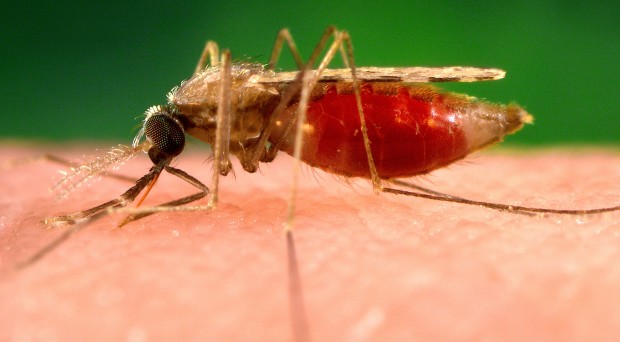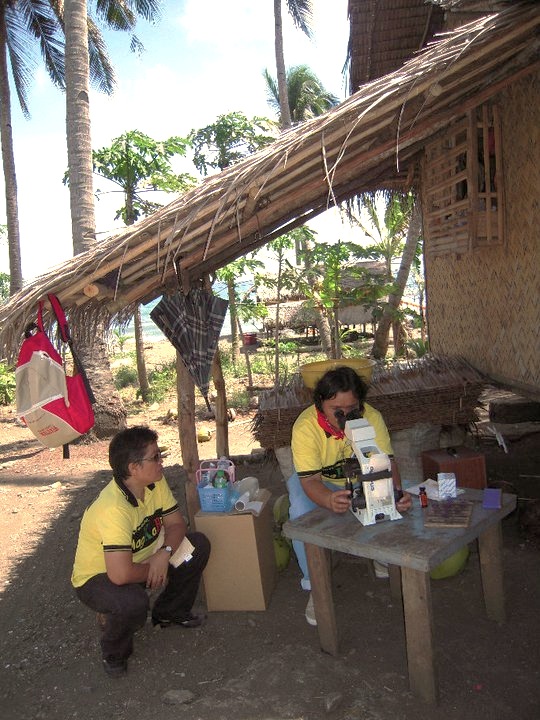
Hitting the halfway point in the elimination of malaria
Recently, more and more patients with malaria are receiving a prompt diagnosis and effective treatment, and as a result, more lives are being saved. From 2000 to 2015, the number of malaria infections dropped by 18% from 262 million to 214 million while the worldwide mortality rate deceased by 48% from 839,000 to 438,000.
This decrease occurred as a result of substantial increases in donor funding, improved control, and increased enthusiasm for the elimination of malaria. Nevertheless, malaria remains as one of the most important parasitic diseases in humans.
At present, however, malaria mostly remains in remote and rural regions in which essential preventive measures are delivered to the populations that need them the most
The WHO Global Technical Strategy for Malaria (GTSM) 2016-2030 has set the ambitious new target of reducing the global malaria burden by 40% by 2020 and by at least 90% by 2030.
The three pillars of the strategy are: to ensure universal access to malaria prevention, diagnosis, and treatment; accelerate efforts towards elimination of malaria and attainment of a malaria-free status; and thirdly, to transform malaria surveillance into a core intervention.
Two elements support these three pillars: harnessing innovation and expanding research, and strengthening the enabling environment.
At present, however, malaria mostly remains in remote and rural regions in which essential preventive measures are delivered to the populations that need them the most by poor healthcare systems with insufficient human resources. Thus, the targeting of residents in these areas, including socially vulnerable groups such as ethnic minorities and migrants, is a key to malaria control.
Current movement against malaria in Palawan, the Philippines

In the province of Palawan, the Philippines, malaria remains in peripheral regions. To accelerate the efforts to eliminate malaria in these regions, a community-based malaria control program was established in 1999.
This program, which is called Kilusan Ligtas Malaria (Tagalog for Movement Against Malaria), involved training 344 inhabitants as malaria microscopists (one microscopist per malaria-endemic village).
The utilization of community health workers including the microscopists has been proposed to overcome the recognized paucity of human resources and health systems.
This utilization was proved to be a potentially inexpensive, effective, and sustainable approach to bring malaria diagnosis and treatment closer to the affected households.
The microscopists in Palawan diagnose malaria in febrile patients via microscopy and prescribe first-line anti-malarial drugs to these malaria-infected patients.
The microscopists also implement community awareness-raising activities (CARA) that aim to prevent the transmission of malaria among their patients and their patients’ families.
Community awareness-raising activities (CARA)
The findings in our research led to the proposal of a novel malaria strategy to reduce malaria in Palawan. This simple strategy was to strengthen awareness of the microscopists.
Strengthening their activities encouraged the implementation of effective prevention practices by the residents themselves and increased the likelihood that they would seek appropriate treatment. For example, information on transmission vector species and the time that vector species were most active were expected to enforce the malaria prevention practices of the residents.
Knowledge of malaria symptoms enhanced by CARA was also important in making the inhabitants more aware of malaria
Knowledge of malaria symptoms enhanced by CARA was also important in making the inhabitants more aware of malaria, which led to improved self-triage.
This novel malaria strategy could accelerate the efforts to ensure universal health coverage (UHC) for malaria and to eliminate malaria not only in the Philippines but also in other endemic regions. This strategy of CARA, a HSS activity, could be adopted in the WHO GTSM 2016-2030 with the aim of achieving the United Nation’s Sustainable Development Goals by 2030.
Comments